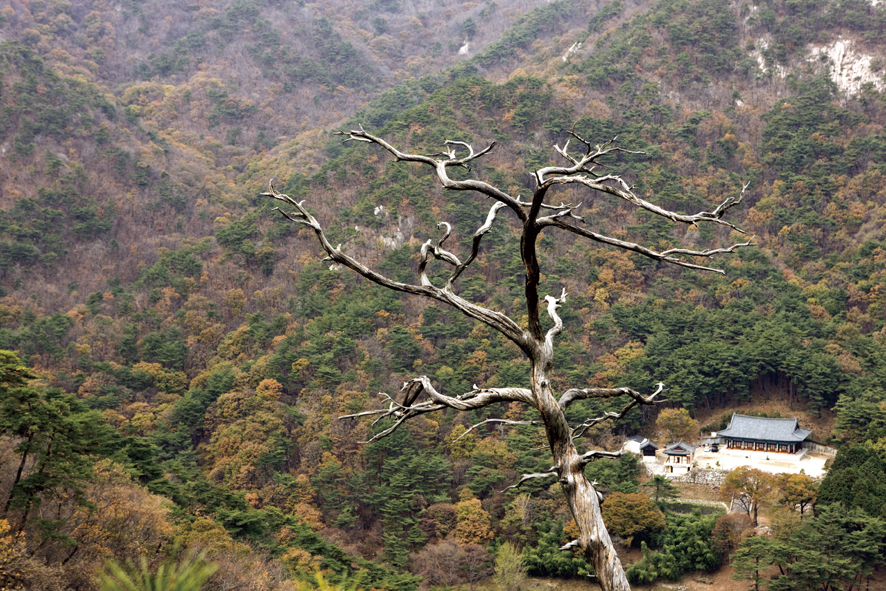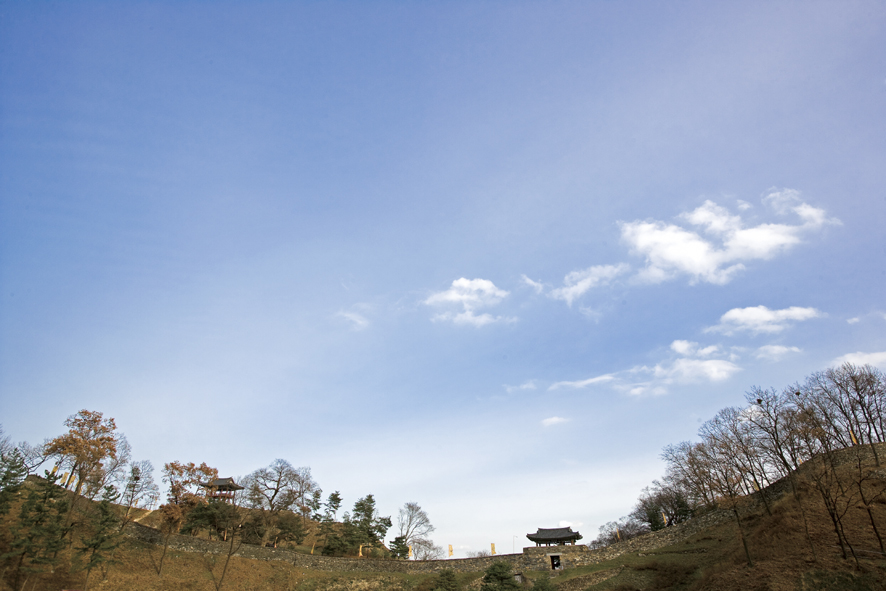About Chungnam
News
[Going on Around the Town]Gongju and Buyeo, the Old Capitals of Baekje Dynasty
Picture Book of the Pilgrimage to the Ancient Baekje Culture
2010.12.02(목) | CNnews (![]() chungnamdo@korea.kr)
chungnamdo@korea.kr)

Baekje was founded in B. C. 18 and collapsed in A. D. 660. Since its fall, the kingdom disappeared from the center of Korean history and its splendid culture and art lost its shine. Thanks to the literature and excavation efforts in the 20th century and since, however, the true picture of Baekje, which was once a great marine empire, emerged. Today you can encounter the lives, spirit, history, and culture of old Baekje people in Gongju and Buyeo, the old capitals of the kingdom in its heyday.
Gongju became Baekje's capital in 475 and kept the title for 64 years, serving five kings. Boating by the brilliant history, culture and heritage, the city of history and culture presents a fantastic harmony between the numerous Baekje cultural assets and beautiful nature including the Geum River and Mt. Gyeryong.
Buyeo became the capital after Gongju and was the main stage of “Lost Baekje,” which created the most splendid cultural heritage in 700 years of Baekje history, for 123 years.
Tour of Baekje Culture
The tour of Baekje culture follows the Geum River, which runs through Chungnam's prestigious mountain Mt. Gyeryong, Gongju and Buyeo, and its beautiful nature. The treasure houses of Baekje culture, Gongju and Buyeo have museums, sites of royal places where the kings lived, mountain fortresses, Buddhist temples where Baekje's Buddhist culture flourished, and many more relics. One of the advantages of taking a tour of the cities is the great accessibility to the attractions since they were the old capitals of Baekje. A tour program of one night and two days to see and feel the history of Gongju and Buyeo will give you enough time to appreciate the culture and history of Baekje.
Gyeryongsan Mountain
Gyeryongsan Mountain is the most beautiful mountain in the Chungnam region. There are several temples built over thousand years ago - including Gapsa Temple, Donghaksa Temple, and Sinwonsa Temple - on its slopes.
Gongsanseong Fortress


This is a mountain castle that was a defense point of Ungjin Age of Baekje in 64 years from 475 to 538 until transferring capital city to Buyeo.
The name of Gongsanseong is originated from Ungjinseong, Ssangsusanseong, Gongsansanseong, and Gongjusanseong by periodical changes. Ungjinseong was the name when Gongju was named Ungjin from Baekje to Unified Silla, and Ssangsusanseong was named by King Injo in earlier times of Goryeo Dynasty when Injo was sheltered at Gongju from war.
Geumgang River

1. Gapsa temple / This temple, located under Yeoncheonbong, Gyeryongsan (Mt.), is a great temple in this region with annex small Buddhist temples such as Naewonam, Sinheungam, Daeseongam, Daejeokam, and Daejaam, designated as a temple of Magoksa, which belongs to Buddhist District No.6 of Jogyejong.

2. Magoksa temple / The name of this temple, Magok, the hemp valley, is originated from the legend that the appearance of Buddhist believers gathering in Buddhist Monk Bocheon’s preaching in Silla Dynasty looked like the hemp in the field.

Donghaksa temple / Donghaksa was established in 724 by Hoieui, Buddist monk, with the sarira pagoda for his master monk Sangwon, and rebuilt by Doyong in 921.
The temple is simple but elegant building located at the position of about 1 km climbing up along the forest and valley from the entrance at Yuseong, Daejeon-si.
Gongju National Museum
Located in Gongju City, Chungcheongnam Province, the museum was opened in 1946 and houses about 11,000 artifacts that are mainly Baekje cultural assets excavated from Muryeong Royal Tomb and the province.

Muryeong Wangneung (Royal Tomb of King Muryeong)

This site contains the tombs of King Muryeong, the 25th king, and his queen. A total of 2,906 artifacts (including 12 National Treasures) in 108 categories were excavated from the tombs, including the memorial stones of the king and the queen.
Busosanseong Fortress in Buyeo

This fortress, Busosanseong, is also called Sabiseong or Soburiseong because it was designed to protect Sabi, the capital of the Baekje Kingdom. Built in the 16th year of King Seong's reign (538) of Baekje, the fortress surrounds Mt. Busosan, hence the name. Some historians believe that the fortress was already there by the 22nd year of King Dongseongwang's reign (500), and reconstructed in the 6th year of King Muwang's reign (605) into the form we see today.
Buyeo National Museum

The museum was founded to collect, preserve, and display Baekje's cultural artifacts in Buyeo, Chungcheongnam Province in 1929. It houses about 13,000 artifacts, 1,000 of which are on display around Baekje cultural assets and Buddhist art objects.
Gungnamji Pond

Gungnamji Pond is situated in the grounds of a royal villa to the south of Buyeo-eup. It is presumed to have been built during the reign of King Mu of the Baekje Dynasty. The pond is known as Gungnamji based on records contained in the Samguk Sagi (History of the Three Kingdoms), which state, “A pond has been built on the south side of the Palace”.
Jeongnimsa Temple Site

The Jeongnimsa Temple Site is one of the eight scenic sites of Buyeo, where visitors enjoy the sun set over Baekje Pagoda. At the temple site there is also a Five-Story Stone Pagoda which has been designated as National Treasure No. 9.
The Baekje Military Museum

The Baekje Military Museum is located in Nonsan where its the last battlefield took place. The museum is a highly recommended place to observe related artifacts and experience the old military culture of Baekje Era. It consists of 3 exhibition halls, the indoor experience room and the outdoor experiencing area.
Tourist Courses to Experience Baekje's History and Culture
Course 1 : Gongju Museum - Muryeong Royal Mausoleum - Gong Mountain Fortress - Site of Jeongrim Buddhist Temple - Gungnamji pond - Buyeo Museum (one-night and two-day course)
Course 2 : Mt. Gyeryong - Museum of Gyeryong Natural History - Paleolith Museum of Seokjang-ri - Baekje Military Museum - Tapjeong Reservoir of Nonsan (one-day course)




